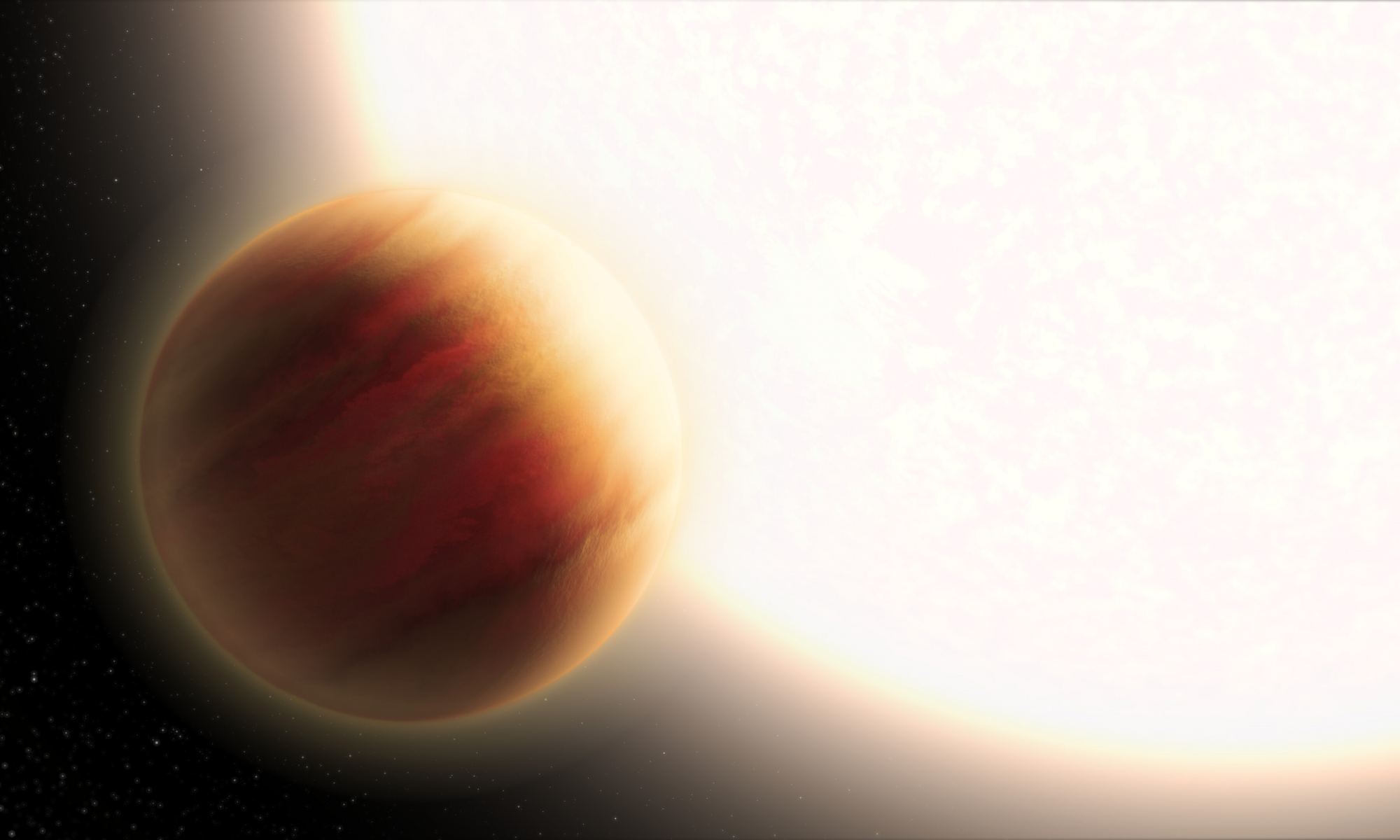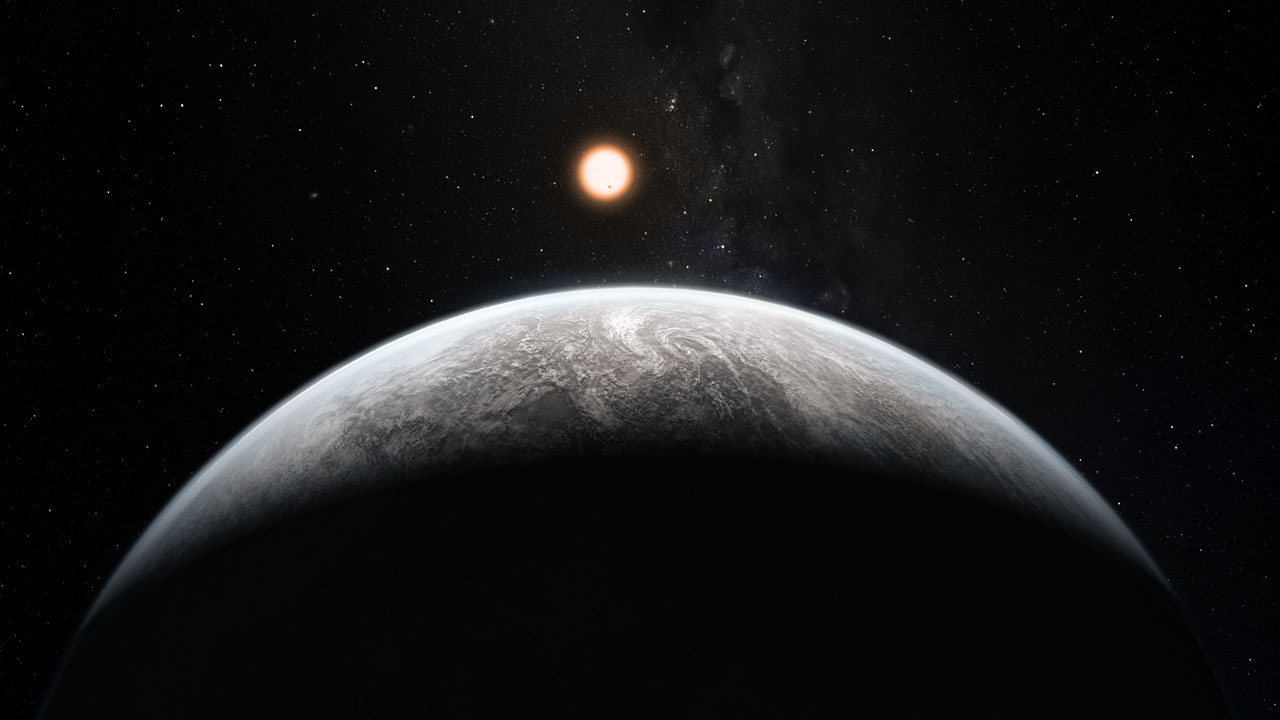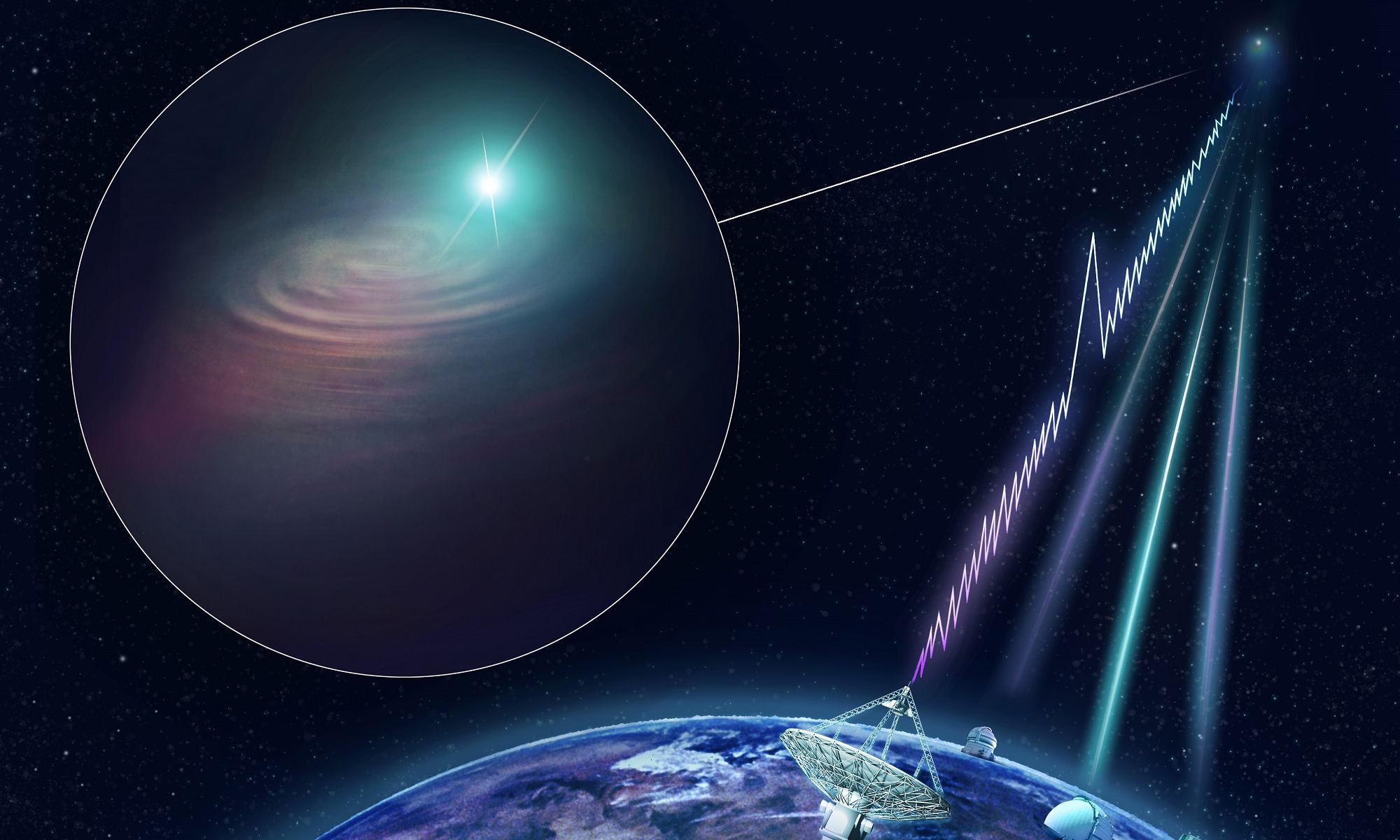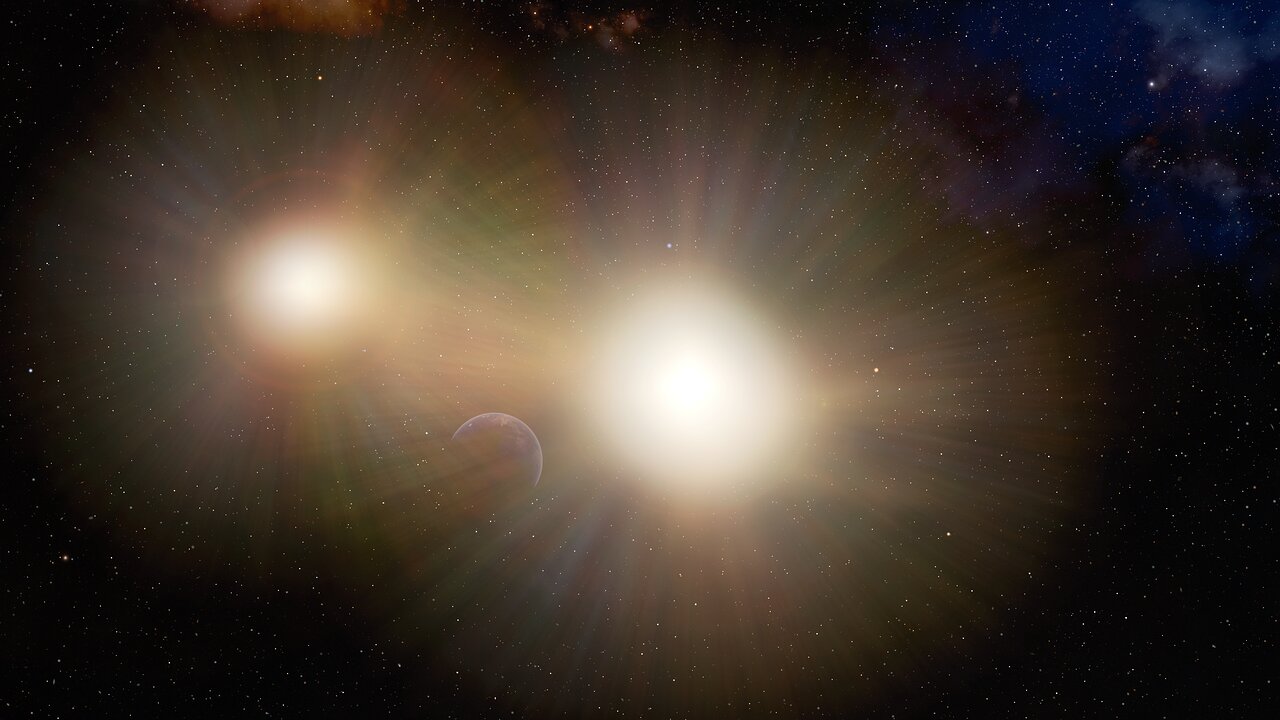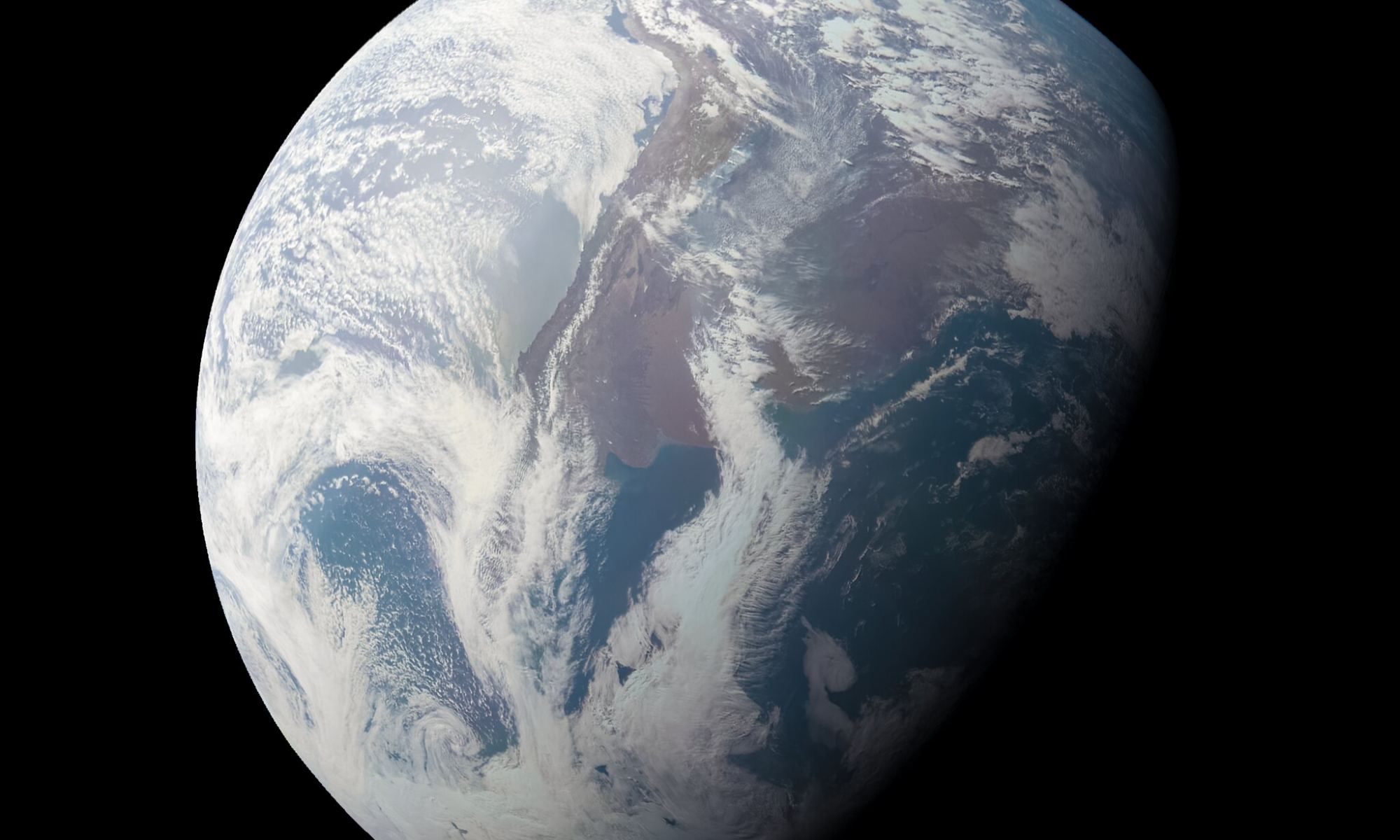The field of extrasolar planet research has advanced by leaps and bounds over the past fifteen years. To date, astronomers have relied on space-based and ground-based telescopes to confirm the existence of 4,566 exoplanets in 3,385 systems, with another 7,913 candidates awaiting confirmation. More importantly, in the past few years, the focus of exoplanet studies has slowly shifted from the process of discovery towards characterization.
In particular, astronomers are making great strides when it comes to the characterization of exoplanet atmospheres. Using the Gemini South Telescope (GST) in Chile, an international team led by Arizona State University (ASU) was able to characterize the atmosphere of a “hot Jupiter” located 340 light-years away. This makes them the first team to directly measure the chemical composition of a distant exoplanet’s atmosphere, a significant milestone in the hunt for habitable planets beyond our Solar System.
Continue reading “Astronomers Measure the Atmosphere on a Planet Hundreds of Light-Years Away”
